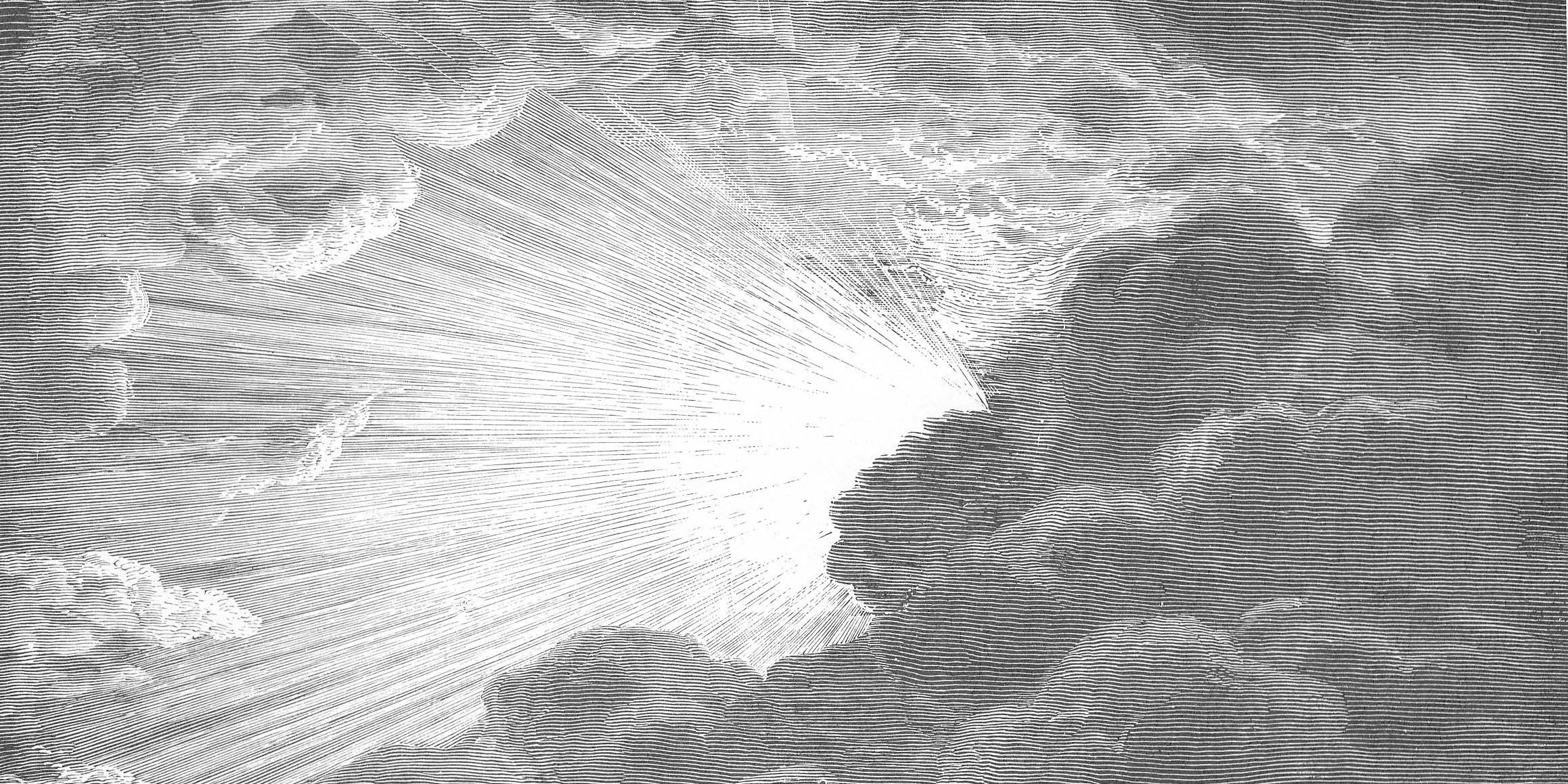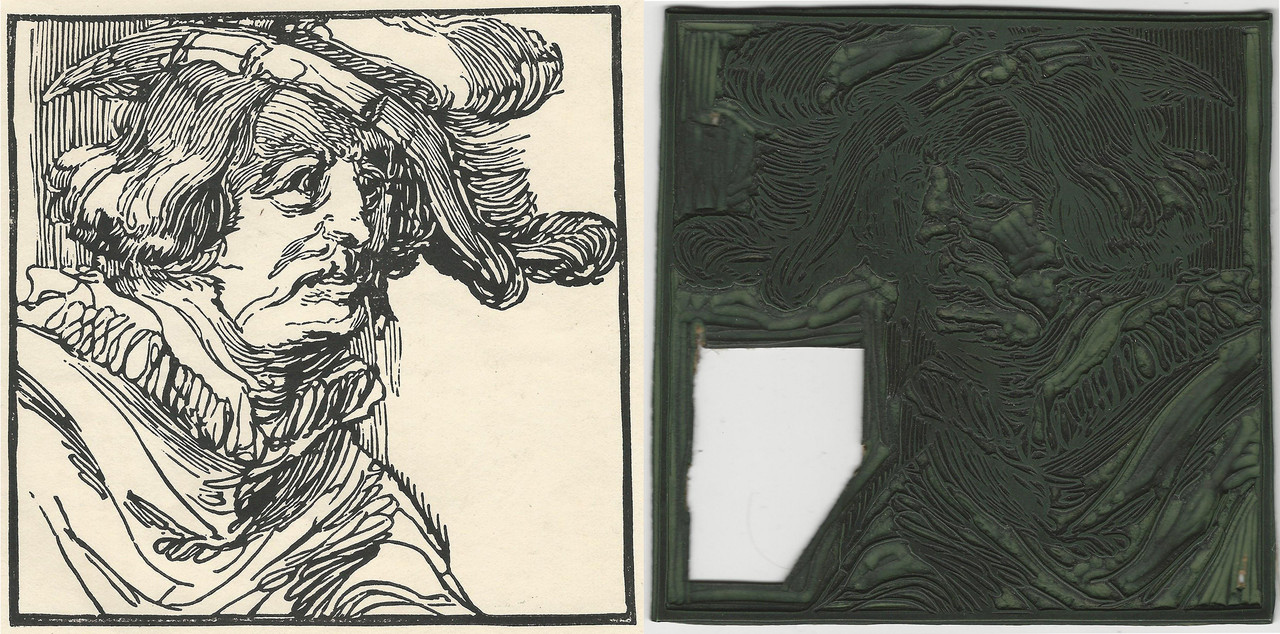Relief Printing Techniques
WOODCUT
This technique is considered to be the oldest form of printing in Europe. Already from the 14th. century on impressions were made on textile with wooden blocks. These woodcuts were made by cutting away everything that should not print with a knife and gouge. Normally fruitwood was used. After cutting printing ink was applied by use of a ink tampon, rubbing ink on to the raised parts of the block. This was then put into a book printing press with paper and printed. This way of preparing and printing has not changed over the centuries and is still applied to linocuts.
The introduction of paper in the early 15th. century created a rise in the production of woodcuts as loose prints and book-illustrations. Early artists working with this medium are for example Albrecht Dürer. Lucas van Leyden, Hans Holbein and Ugo da Carpi. Already around 1500 high quality prints were made, sometimes even in three colors; the so-called “chiaroscuro” prints. During the 16th. century artists and book printers looked for more refinement in their prints and found that engraving had more possibilities. The woodcut went into use for cheap (children) - and utility prints well into the 19th. century. However during the 17th. - and 18th. century several artists like Jan Lievens, Christoffel Jegher, Dirck de Bray, Bartolommeo Coriollano and John Baptist Jackson made good use of the woodcut and produced fine prints with it.
WOOD ENGRAVING
This term is often (mistakenly) applied to woodcuts. It is however, quite a different process. Invented by the English engraver Thomas Bewick (1753-1828), the basic differences are the use of the wood, which normally is longwood for woodcuts, but in crosscut wood of a dense quality, like box- or palmwood in the case of wood engraving. The use of a burin instead of a gouge is another striking difference. While a woodcut consists of black lines on a white background, a wood engraving is formed by white lines on a black background. This technique was very popular for book-illustrations and remained so until the introduction of the photography around 1855. Some artist reached very high quality in this medium, like George Baxter with his multi-block color prints.
LINOCUT
Linocut is a variant in which a sheet of linoleum is cut, much like a woodblock would be for a woodcut. Because of the softness of the material, and the lack of distinct fibres, makes this an easy material to work with. A drawback of this material, however, is that the plate degrades much faster. Also, the fragility of the material makes it difficult to create plates of larger sizes. This technique is often used in elementary schools, and is often the first acquitance with relief printing techniques.

